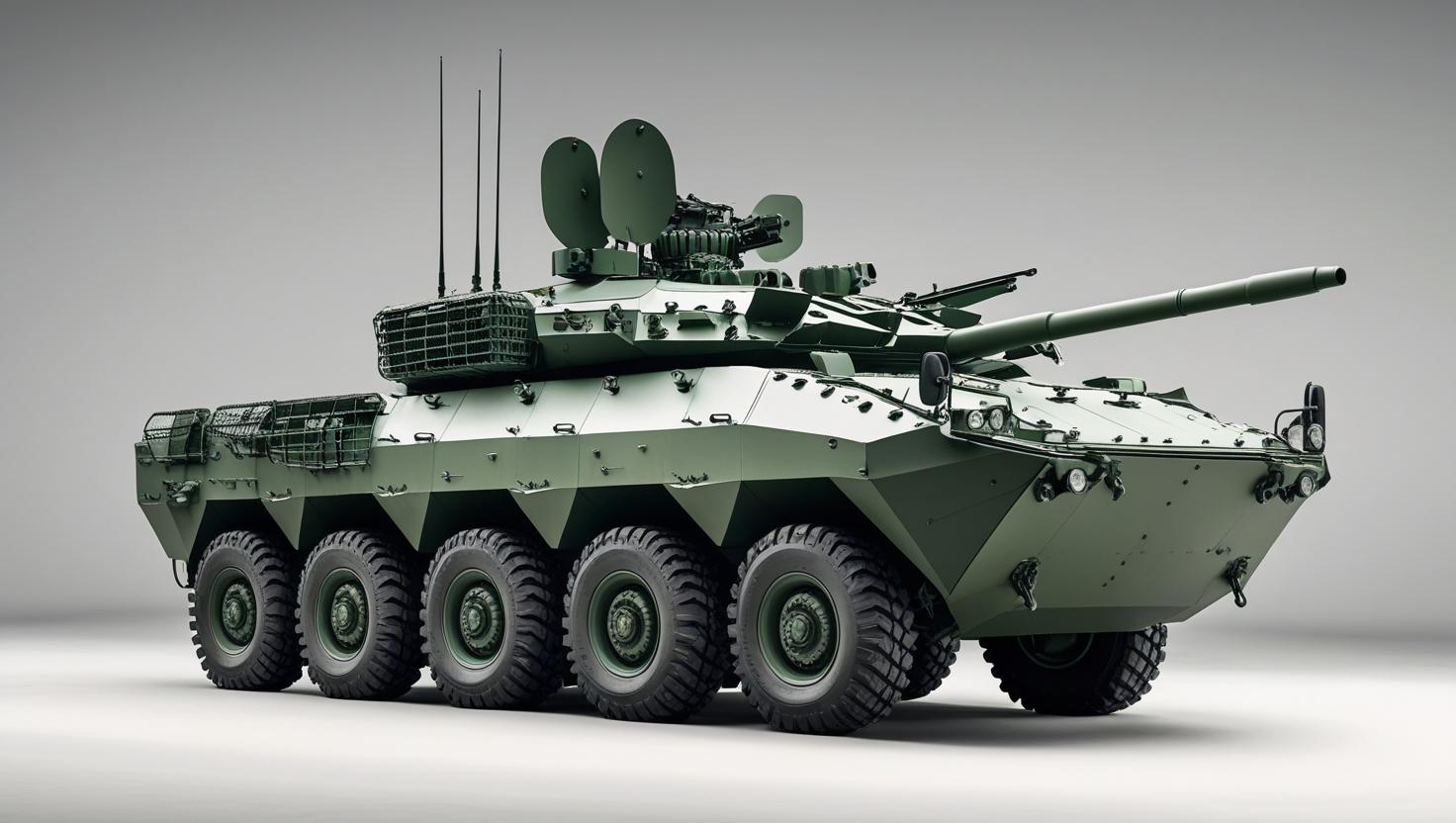The global armored vehicles market is undergoing a strategic transformation, fueled by the evolving nature of conflict, rising defense budgets, and the rapid integration of cutting-edge technologies. As modern battlefields become more unpredictable and decentralized, demand is rising for agile, survivable, and tech-enabled platforms such as armored fighting vehicles (AFVs), light armored vehicles (LAVs), and armored personnel carriers (APCs).

To know about the assumptions considered for the study download the pdf brochure
Rising Demand Across Combat Domains:
Global security challenges, including cross-border threats, insurgencies, and urban warfare, are compelling armed forces to invest in next-generation armored vehicles. These platforms are no longer just heavily protected troop carriers; they are sophisticated, multi-mission systems equipped with sensors, communication hubs, and precision strike capabilities.
AFVs and APCs are now required to operate seamlessly in combined arms operations, often alongside drones, unmanned systems, and digitized command centers. Militaries are placing a premium on systems that offer speed, adaptability, and survivability across diverse combat environments—from deserts to dense cities.
Strategic Shift Toward Lightweight and Modular Designs:
While traditional heavy armor remains important for certain high-intensity conflicts, the focus is shifting toward light armored vehicles that can be rapidly deployed and adapted for diverse missions. LAVs offer high maneuverability, faster response times, and are easier to transport via airlift, making them ideal for crisis zones and peacekeeping operations.
Moreover, modularity is becoming a key design principle. Platforms are being developed with interchangeable mission kits, allowing a single base vehicle to be configured for reconnaissance, medical evacuation, command and control, or direct engagement roles.
Integration of Advanced Technologies:
New-generation armored vehicles are being equipped with technologies that enhance lethality, survivability, and battlefield awareness:
Remote weapon stations (RWS) and 360-degree surveillance systems provide real-time engagement and threat tracking.
Active protection systems (APS) detect and neutralize incoming projectiles before they strike.
C4ISR capabilities enable armored platforms to act as mobile nodes in larger battlefield networks, providing real-time intelligence to allied units.
Hybrid-electric drivetrains are emerging, offering fuel efficiency, reduced thermal signatures, and quieter operation for stealth movement.
These advancements make armored platforms more adaptable to both conventional warfare and hybrid scenarios involving asymmetric threats.
Major Industry Players Shaping the Future
Several leading defense companies are at the forefront of armored vehicle innovation and global supply:
Rheinmetall AG (Germany) – Known for the Boxer and Lynx platforms, focusing on modular IFV systems with digital battlefield capabilities.
General Dynamics Corporation (US) – Producer of the Stryker and LAV series, integrating advanced armor and networked systems.
Oshkosh Corporation (US) – Manufacturer of MRAPs and JLTVs, emphasizing survivability in IED-heavy environments.
BAE Systems (UK) – Developer of the CV90 and other armored solutions incorporating hybrid and unmanned capabilities.
These companies are expanding their global footprint through defense contracts, innovation partnerships, and localization strategies in Asia, the Middle East, and Europe.
Future Outlook: From Steel to Smart Systems
By 2030, the armored vehicles market is expected to exceed $40 billion, with an increasing share of this growth coming from technologically advanced and network-enabled vehicles. As nations prepare for multi-domain operations and digital warfare, armored platforms will evolve from static protection units to dynamic combat enablers—capable of supporting joint operations, integrating with unmanned systems, and executing autonomous functions.
The future of armored vehicles lies at the intersection of protection, mobility, and intelligence. Whether in the form of fast-moving LAVs or heavily equipped IFVs, next-generation armor will play a critical role in securing battlefield dominance and safeguarding troops in high-threat environments.
